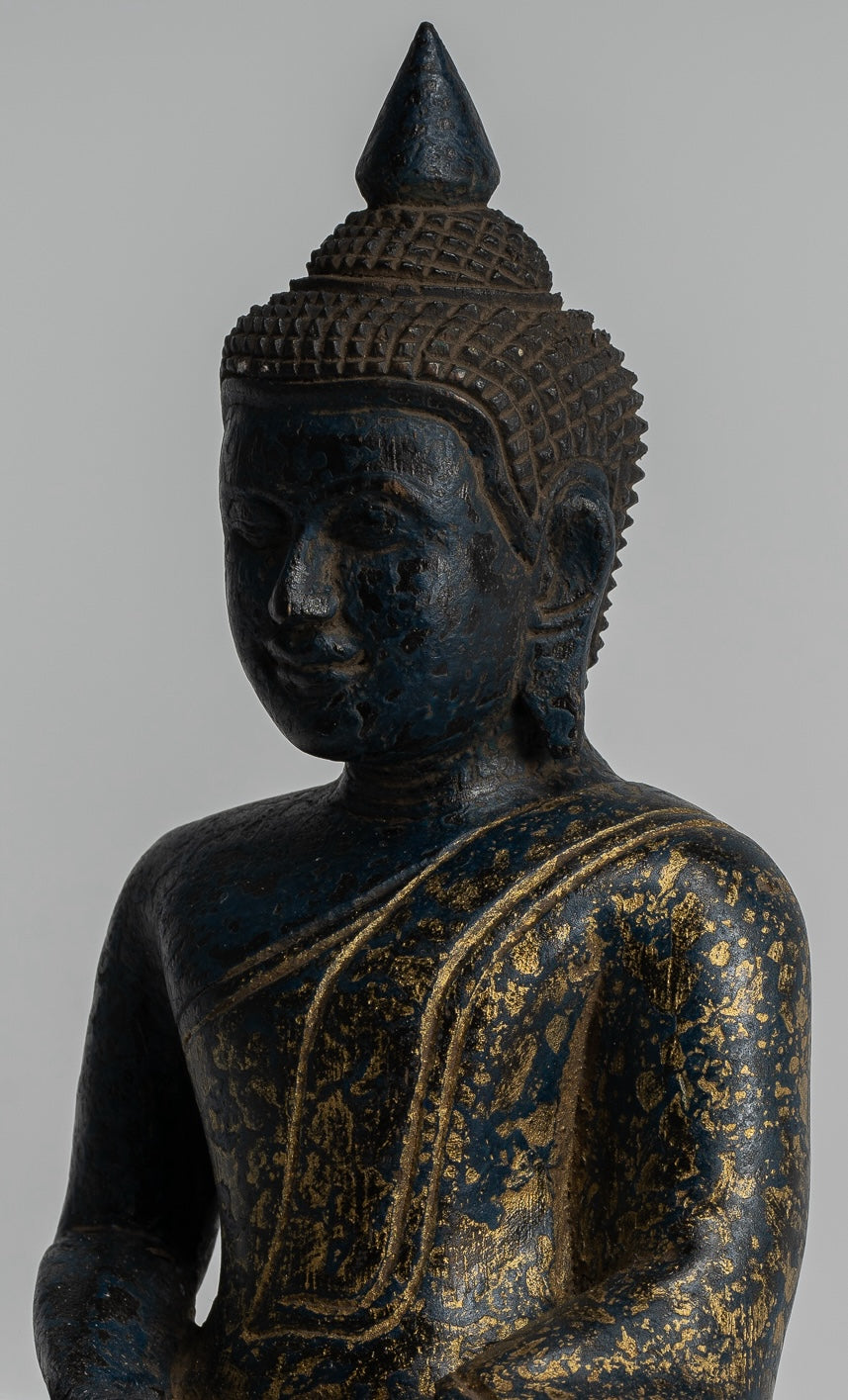
Exploring Anapanasati: The Buddhist Practice of Mindfulness of Breathing
Introduction
In the fast-paced whirlwind of modern life, finding moments of peace and stillness can seem like a distant dream. Yet, within the profound teachings of Buddhism lies a transformative practice that offers refuge and tranquility—Anapanasati, or mindfulness of breathing. Rooted in the wisdom of the historical Buddha, Anapanasati provides a pathway to cultivate mindfulness, concentration, and insight through the simple act of observing the breath.
In this comprehensive blog post, we embark on a journey to explore the essence of Anapanasati, unraveling its principles, techniques, and transformative potential.
1. Understanding Anapanasati
Anapanasati, derived from Pali words "ana" (inhalation) and "apana" (exhalation), and "sati" (mindfulness), translates to "mindfulness of breathing." It is a foundational meditation practice in Buddhism, aimed at cultivating present-moment awareness and developing concentration (samadhi) and insight (vipassana). Anapanasati is taught in various Buddhist traditions, including Theravada, Zen, and Tibetan Buddhism, with slight variations in technique and emphasis.
2. The Four Stages of Anapanasati
Anapanasati meditation typically unfolds in four stages, each emphasizing a different aspect of mindfulness and concentration:
-
Awareness of Breath: Practitioners begin by observing the natural rhythm of their breath, focusing their attention on the sensations of inhalation and exhalation. This stage cultivates present-moment awareness and establishes a foundation for deeper concentration.
-
Calming the Breath: In the second stage, practitioners cultivate a sense of tranquility and relaxation by calming the breath. This involves observing the breath becoming more subtle, refined, and peaceful, leading to a state of inner calm and stillness.
-
Awareness of Body and Mind: In the third stage, practitioners expand their awareness to include the entire body and mind, observing bodily sensations, mental states, and the arising and passing away of thoughts and emotions. This stage deepens insight into the impermanent and selfless nature of phenomena.
-
Development of Insight: In the fourth stage, practitioners develop insight into the three characteristics of existence—impermanence (Anicca), unsatisfactoriness (Dukkha), and non-self (Anatta). This stage leads to a profound understanding of the nature of reality and the cessation of suffering.
3. Techniques of Anapanasati Meditation
Anapanasati meditation employs various techniques to cultivate mindfulness of breathing:
-
Breath Awareness: Practitioners focus their attention on the sensations of the breath as it enters and leaves the nostrils, abdomen, or chest, noting the qualities of the breath such as its rhythm, temperature, and texture.
-
Counting the Breath: Some practitioners use counting as a method to maintain concentration, silently counting each inhalation and exhalation from one to ten and then starting over.
-
Following the Breath: Practitioners may observe the entire breath cycle from beginning to end, noticing the pause between inhalation and exhalation and vice versa, and the transitions between them.
-
Expanding Awareness: As practitioners deepen their practice, they may expand their awareness to include other sensory experiences, thoughts, and emotions, cultivating a spacious and inclusive awareness.
4. Benefits of Anapanasati Meditation
-
Cultivation of Mindfulness: Anapanasati meditation strengthens the faculty of mindfulness, enabling practitioners to develop present-moment awareness and non-reactive attention to their internal and external experiences.
-
Enhanced Concentration: By focusing on the breath, Anapanasati meditation develops concentration (samadhi), leading to a state of one-pointedness and absorption known as "jhana" or "meditative absorption."
-
Insight into Impermanence: Through the observation of the breath and the impermanent nature of all phenomena, Anapanasati meditation deepens insight into the fundamental nature of reality, leading to a profound understanding of impermanence, unsatisfactoriness, and non-self.
-
Stress Reduction and Emotional Regulation: Anapanasati meditation promotes relaxation, stress reduction, and emotional regulation by cultivating a sense of calm, equanimity, and resilience in the face of life's challenges.
5. Integrating Anapanasati into Daily Life
Beyond formal meditation practice, Anapanasati can be integrated into daily life, serving as a foundation for mindfulness in all activities. Practitioners can cultivate mindfulness of breathing while walking, eating, working, or engaging in daily tasks, anchoring themselves in the present moment and nurturing a sense of inner peace and presence.
Conclusion
In conclusion, Anapanasati offers a profound path to cultivate mindfulness, concentration, and insight through the simple act of observing the breath.
By developing awareness of the breath and its subtleties, practitioners can deepen their understanding of the nature of reality and experience profound states of tranquility and insight.
As we cultivate Anapanasati in our lives, may we discover the boundless depths of inner peace and wisdom that lie within each breath, awakening to the timeless truth of our own existence.


